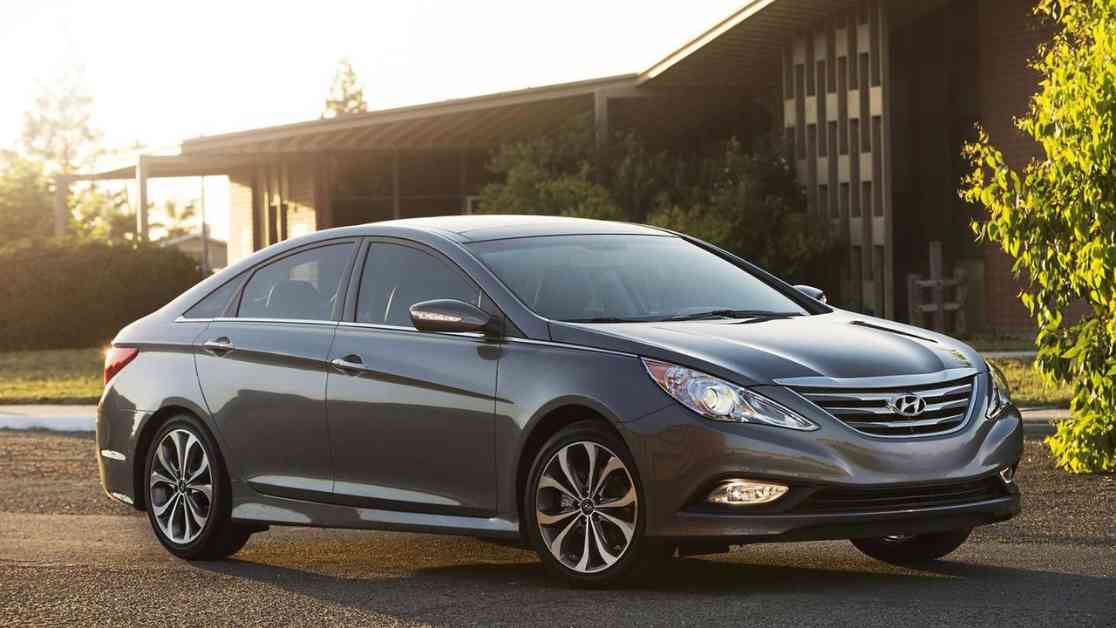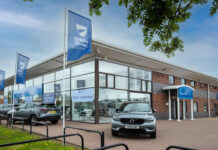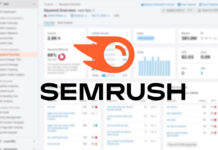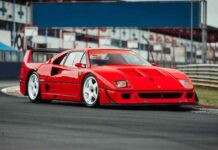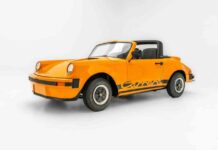Car prices are skyrocketing, with the average new car now costing close to $50,000. This increase in new car prices has led to a surge in demand for used cars, causing their prices to rise as well. In fact, according to a recent study by iSeeCars, the average price of a 10-year-old car has reached $12,194, compared to $7,583 in 2014. This represents a significant 60 percent increase in just a few years.
The popularity of old used cars has also been on the rise, with their market share currently at 22.7 percent. This trend can be attributed to the impact of the COVID-19 pandemic, which prompted a shift towards older, more affordable vehicles. As new and lightly used car prices continue to climb, more people are turning to older cars as a cost-effective alternative.
Interestingly, while SUVs are widely popular, the study revealed that sedans, hatchbacks, and wagons have also seen a surge in demand. Vehicles like the Hyundai Sonata, Subaru Legacy, Impreza, and Impreza wagon, along with the Mercedes-Benz C-Class, have experienced significant increases in market share among cars 10 years old or older. This contradicts the notion that SUVs are the only desirable option for car buyers.
According to Karl Brauer, an executive analyst at iSeeCars, older sedans, wagons, and hatchbacks offer a compelling alternative to larger trucks and SUVs. These vehicles tend to be more affordable, have lower fuel consumption, and are cheaper to insure, making them an attractive choice for budget-conscious consumers.
With prices of both new and used cars continuing to rise, it’s clear that the automotive market is undergoing a significant shift. As buyers seek more affordable options, the demand for older vehicles is expected to remain strong. This trend highlights the importance of considering all options when purchasing a car, as older models can offer great value and reliability despite their age. In the current economic climate, making a smart and informed decision when buying a car is more crucial than ever.

